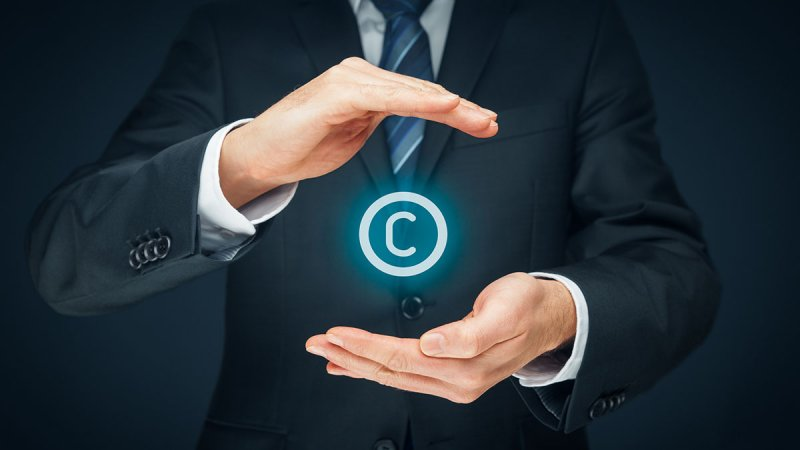Copyright protects your work and stops others from using it without your permission. Unlike patents and trade marks, you get copyright protection automatically – there isn’t a register of copyright works in the UK and you don’t have to apply or pay a fee.
You automatically get copyright protection when you create:
- Original literary, dramatic, musical and artistic work, including illustration and photography
- Original non-literary written work, such as software, web content and databases
- Sound and music recordings
- Film and television recordings
- Broadcasts
- The layout of published editions of written, dramatic and musical works
You can label your work with the copyright symbol ©, but you don’t have to – whether you label it or not, your level of protection is the same.
Once you’ve created the work, you need to create a record of it in order to prove the date of creation and ownership. This can be done by depositing a dated copy with a bank or solicitor and keep a dated physical record of the work too – this all helps prove that the work is your own creation.
You deal with copyright every day. Each time you watch an online clip, listen to music, or watch a film – you are interacting with copyrighted material in one way or another.
Legislation
The current copyright legislation in the UK is the Copyright, Designs and Patents Act 1988. These laws lay out a framework of rules around how the protected work can be used. It sets out the rights of the owner, as well as the responsibilities of other people who want to use the work. You can do many things with your copyright work – copy, change or sell it, share it online or rent it to someone, as well as prevent other people from doing those things.
It is up to you to make sure your copyright isn’t breached. Moreover, if you choose to license the work you need to be clear what the conditions of use are to reduce the chances of legal problems in the future, should they arise.

What does it mean to have copyright?
For something to be copyrighted, it needs to be original and tangible:
Original: A product of your own skill and labour or intellectual creation. It can’t just replicate someone else’s work.
Tangible: It can’t just be an idea in your head, you need to have expressed that idea in a physical form.
If your work is copyrighted, it means that it stops people from:
- Copying your work
- Sharing copies of it
- Renting or lending copies of your work
- Performing, showing or playing your work in public
- Putting it on the internet
This protection lasts for your lifetime in most countries. On from this, written, artistic and dramatic work is protected for another 70 years after death, and for photographs, the protection is extended to 25 years after death. Once copyright expires, anyone can use or copy your work.
Every country has its own copyright laws, but most countries will protect works in other countries in the same way they protect the work of their own citizens.
The following creations are protected by copyright:
- Literary works such as books, blogs, articles, poems
- Underlying musical score, composition, lyrics
- Commercial music
- Photographs
- Artworks
- Film footage
When you use or access the copyright work of another person, in most cases you will have to ask their permission. This permission can be in any form from an agreement to a license.
Think of a piece of finished work as an onion made up of lots of layers. Each layer is copyrighted separately in order to make the finished product. For example, a finished music album is a mixture of work from the songwriter, the record label, and the artist that designed the front cover – they all have rights in the final product.

